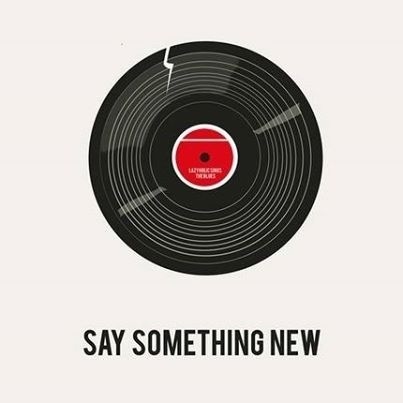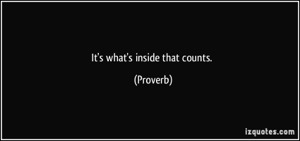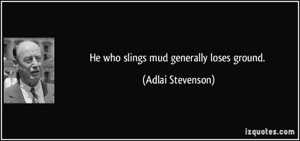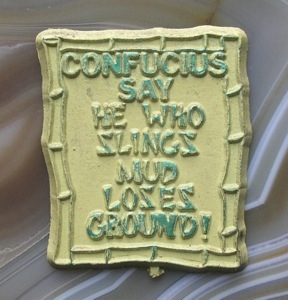With cake shows coming up hard and heavy, I keep feeling like I need to give advice to the entrants. I touch on this in an upcoming article for Edible Artists Magazine (I am a columnist for the next four issues). I wanted to really go into detail about why this is a significant issue in cake competitions.
If you come up with a great design for one tier, it does not become MORE great by doing that same pattern on three more tiers. Let’s look at it from a judging standpoint: on one tier, you have already showed me everything you can show me of that technique. Why add the other tiers? Are you showing the judges something more? (To me, this is a big difference between a cake for a real event and a competition…the customer only sees the pretty tall design, not the fact that one technique was done into the dirt). Simply put, for each new tier added, you should be considering what that tier adds to your competition package. Are you at least doing the same technique in a different pattern? Is there a style or design change that makes it more visually compelling?
I don’t mind when designs alternate on tiers. Even though two tiers repeat on a four tier cake, you are showing two different design and technique elements to your judges. If you plop the same exact mold on every single tier in exactly the same place, what do YOU think you have shown the judges?
The next part of this issue is trickier. Some people get stuck repeating a cake design over and over. Everyone who walks into the cake show knows instantly that it is their work. Perhaps you always do a single tier cake covered in stencil work using metallic colors. Perhaps you always do tall square cakes with hand painting. Perhaps you always do faces/busts. Perhaps you do plain cakes with the same flowers in the same three colors.
I can hear you now, screaming at your computer: “but that’s my signature style!” Yes, yes it is. And that is great for branding yourself for your classes or your bakery. But if you are trying to stretch yourself and challenge yourself as a decorator, you must leave your comfort zone behind. I forced myself to do this at cake shows. I often challenged judges, after they were done judging, to pick out my cake. I knew I had taken my art to a new level when they could not figure out which cake was mine.
Am I asking you to give up on what you do best? Not at all. If you love painting on cakes, change the oversized square into a shorter hexagon cake. How will that panel size challenge you? If you love sculpting faces, try an animal or try a torso this time. Take what you are good at, but push it to the next level. If you always work in a defined color palette, add one new shade or go lighter or bolder. Change it up and you may find yourself inspired in new ways!
I hope you will think about these words. Judging is supposed to be blind and I honestly love it when I have no idea who made a cake. I cannot wait to see what you guys make this year!




